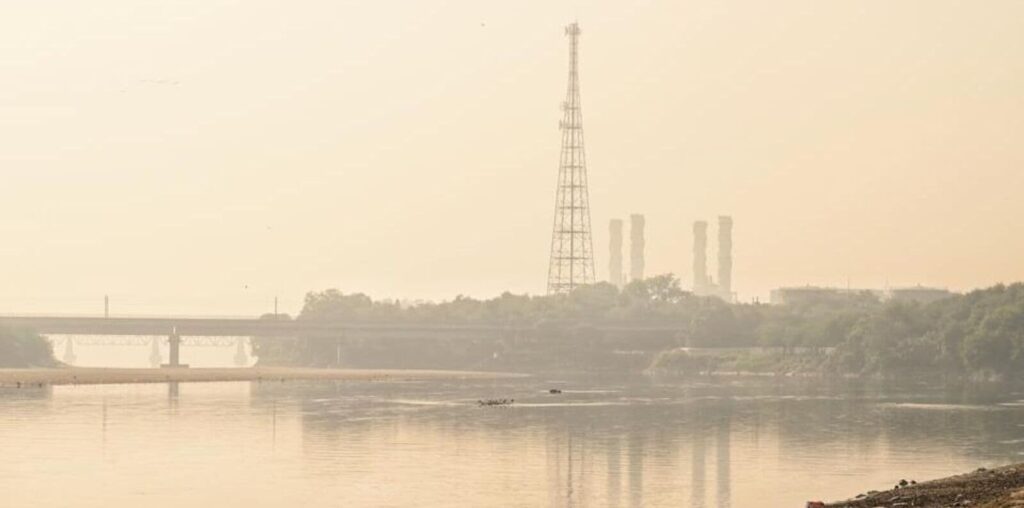Delhi registered 283 air quality on Friday at 7:00 am which falls in “poor” category, according to data from the Central Pollution Control Board (CPCB). This marks an improvement and a significant dip in pollution level across the national capital, a day after it recorded 340 air quality index (AQI) in “very poor” category on Thursday morning.
After Wednesday’s deplorable performance on AQI scale, when air quality slipped to 364, the latest AQI measurement brings a sign of relief for residents. On October 25, Hanumangarh emerged as the most polluted region registering an AQI of 288. Meanwhile, Delhi stood second in the list of most polluted cities across India.
Some other cities across India also recorded air quality in the “very poor” category. Bhiwani registered an AQI of 210. In Bulandshahr, the AQI stood at 220; in Baghpat, at 205; in Charkhi Dadri, at 222; in Chandrapur, at 223; in Ghaziabad, at 220; and in Hapur, at 232.
Jaisalmer registered an AQI of 205, in Kaithal AQI stood at 241, in Khurja AQI stood at 272, in Meerut AQI stood at 258, in Mandi Gobindgarh AQI stood at 248, in Pali AQI stood at 254 and in Pithampur AQI stood at 250.
As per CPCB, an AQI reading in the range 0-50 is categorised as ‘good’, 51-100 as ‘satisfactory’, 101-200 as ‘moderate’, 201-300 as ‘poor’, 301-400 as ‘very poor’, and 401-500 as ‘severe’.
Amid thick smog cover, several CPCB stations across Delhi recorded “very poor” AQI, Ashok Vihar registered 305 AQI, NSIT Dwarka registered 314 AQI, Rohini registered 311 AQI, Jahangirpuri registered 320 AQI, Burari Crossing 314 AQI and Sonia Vihar registered 312 AQI.
According to SAFAR’s Thursday bulletin, Delhi’s air quality will most likely settle in ‘poor’ category on Friday and in ‘very poor’ category over the weekend. In the upcoming five days, it’s likely to be ‘very poor’ to ‘severe’ because of unfavourable meteorological conditions.
Abhishek Kar, senior programme Lead at the Council on Energy, Environment and Water (CEEW) said, “The air quality levels in the capital are plummeting due to a drop in wind speed and temperature over the past few days combined with an increase in stubble burning in upwind states.”
In the wake of rising pollution levels, an 11-point action plan under Stage II of the Graded Response Action Plan (GRAP) was enforced on Monday. GRAP is a set of emergency measures to control air pollution. Agencies carry out mechanical/vacuum sweeping, water sprinkling, and strictly enforce dust-control measures, in addition to other pollution control measures in Stage II.

